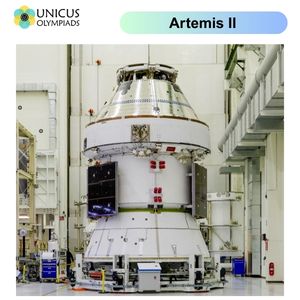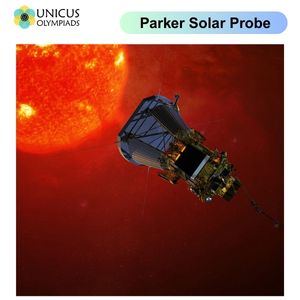

Two of the most ambitious space missions currently underway are NASA's Artemis II and the Parker Solar Probe. These missions aim to explore the Moon, the Sun, and deepen our understanding of the universe. Both missions represent significant milestones in space exploration, involving advanced technologies and offering groundbreaking scientific opportunities.

